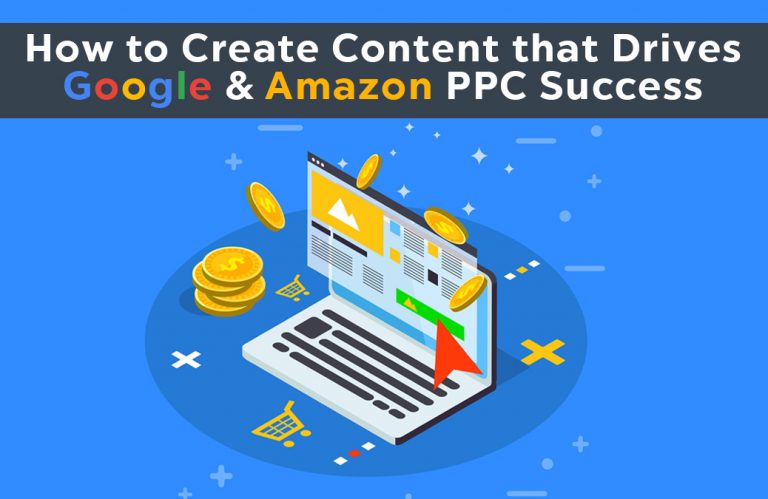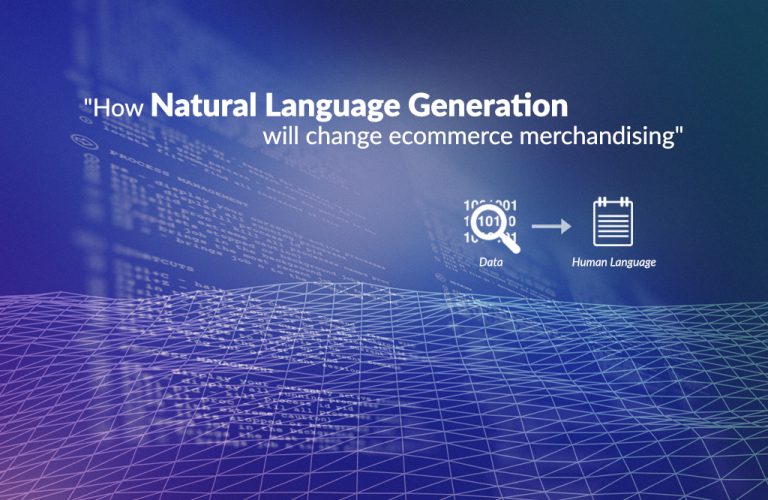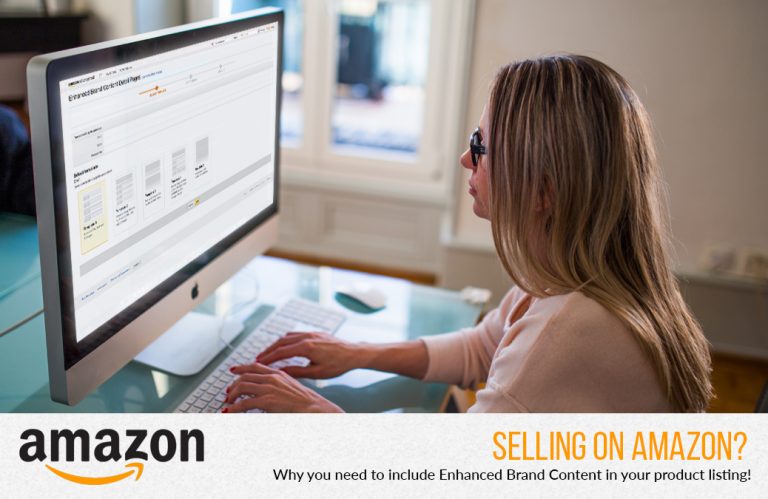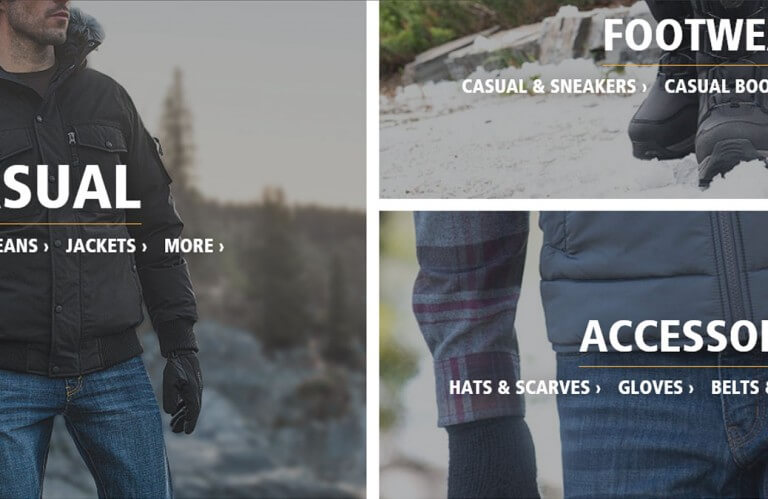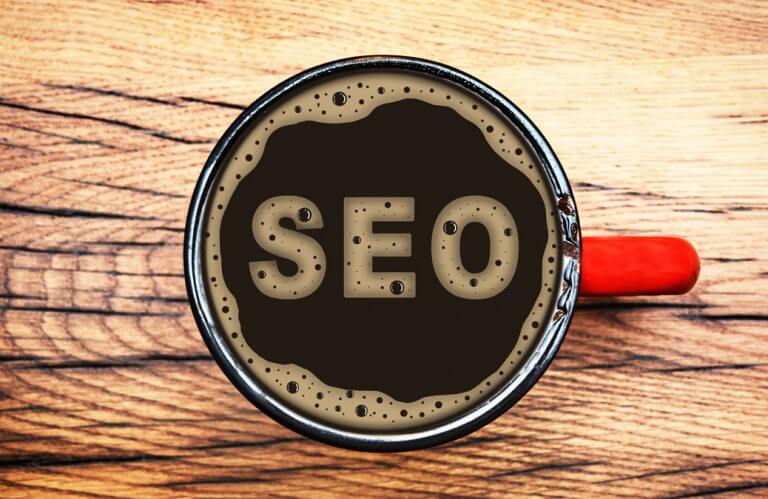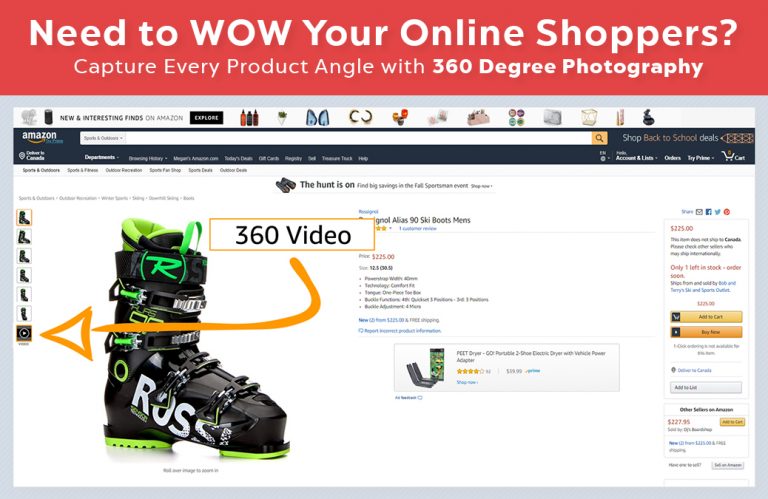

With more customers shopping online than ever before, a well-presented image gallery is becoming increasingly important for eCommerce sellers. Without the ability for customers to pick up a product, feel it, and experience all of its details as they would in a brick and mortar store, it is critical that sellers provide their online shoppers with a comparable experience.
Through 360 degree photography and video, your customers can view your products from all angles. In some cases they can even interact with the file to drag, rotate, zoom and more. This provides an engaging online experience, allows a shopper to gain a better understanding of your product, and can lead to increased sales.
360 Still Photography and Seamless Videos
The 360 views of a product can live in an image gallery as individual still photos that showcase the product’s front, back and sides. These images can be used to fill up your online gallery with photos that provide information about the product. Various angles provide the 360 view experience on websites or platforms that do not allow for video integration. Adding text call-outs and infographic elements to these 360 product images can further engage shoppers and re-enforce the value of the product.


When listing your product on your own website or on a marketplace or platform that allows video, multiple images can be encoded together to create a seamless 360 degree image of the product. To create a spinning product video, the product must be placed on a turntable and rotated while multiple shots are taken in succession, capturing the product in all possible angles (25-100 shots are recommended to make the movement as smooth as possible, but you can create a spinning image with as few as four images). These images are then stitched together to create a video in a seamless loop.Video Player00:0800:24
Still 360 degree images and seamless videos work best on marketplaces like Amazon where a dedicated image gallery sits above-the-fold of a product listing and entices a shopper to click to view photos and a video. On Amazon specifically, a video capture of a 360 spin image would be created and uploaded to your image gallery in an .mp4 file format.
Interactive 360 Images
Taking it one step further, 360 product spin videos embedded on your own eCommerce website – or another platform that allows for them – can include interactive components like drag-to-rotate technology that allows a customer to take control of their view of the product. Shoppers can spin to focus in on specific points of interest, which adds another layer of interaction to your product page or website.
Interactive 360 degree images also allow for audio integration. Additional graphic components like text call-outs can be added frame-by-frame to act as interesting pop-ups and provide more information to the customer in an intriguing way.
Why Go 360?
eCommerce is a competitive space and it is important to continue evolving and enhancing the content that is being presented to your online customers. By leveraging 360 photography and spin videos, you give your shoppers the chance to better understand your product and to engage with it in an interesting way. Not only that, but you prove to the market that you can be innovative and able to work with the latest technologies.
At geekspeak, we create interactive and enticing 360 product images and videos using exciting state-of-the-art equipment in our in-house photo studio. Let’s see how we can improve your product pages with better photography.



